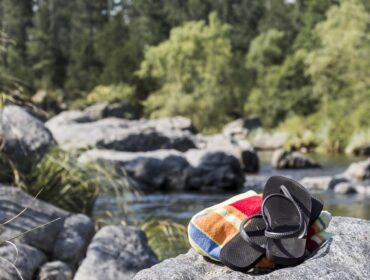A volcano is an opening on the Earth’s surface that allows the molten rock from below the surface to escape causing an eruption and the formation of a mountain from all of the layers of rock and ash. There are four types of volcanoes: cinder cone, composite, shield, and lava dome. Volcanologists are geologists who study types of volcanoes, including eruptive activity and their formation. Let’s take a quick look at what they’ve determined.
Cinder Cone
Cinder cone volcanoes are built by lava being violently blasted into the air and falling to the ground in the form of cinders that create a circular or oval cone. They are the most common types of volcanoes, with a bowl shaped crater at the top and rarely rising to more than 1,000 feet.
Composite
Composite volcanoes are also known as stratovolcanoes and can rise to 8,000 feet. Some of the grandest mountains are composite volcanoes, including Mount Fuji, Mount St. Helens, and Mount Hood. When these types of volcanoes erupt, lava flows to create a steep-sided cone, which erosion will eventually destroy after the volcanic activity ceases.
Shield
A shield volcano is created by molten rock called ‘basaltic lava’ that flows out quietly in all directions to great distances, forming a gently sloping cone. Basaltic lava often erupts from fissures along the sides of the cone. Some of the world’s largest volcanoes are shield volcanoes. Mauna Loa, located in Hawaii, is the world’s largest active volcano and is over 28,000 feet tall from its base to its peak.
Lava Dome
Lava domes are types of volcanoes that commonly occur on the sides or in the crater of composite volcanoes. They are formed by masses of lava that are too thick to flow very far. As the volcano continues to erupt, the lava domes grow by expansion from within. Since the lava erupts faster than it can move out of the way, the outer surface cools, hardens, and then shatters. The Novarupta Dome, at 800 feet across and 200 feet high, formed during the 1912 eruption of Katma Volcano in Alaska.
Featured Image from Parco Chan/Unsplash




